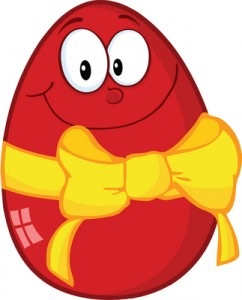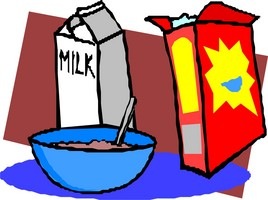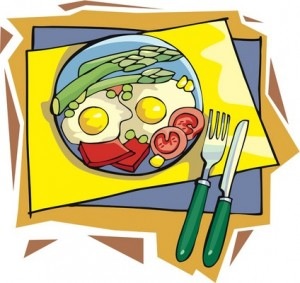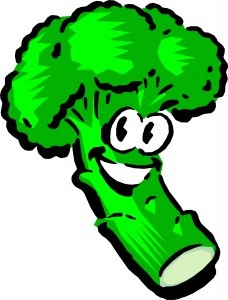Protein Really Does Help You Feel Full, But Why?
According to the September 2012 Tufts University Health & Nutrition Letter, French researchers published the findings of a study that confirms that dietary protein affects satiety – the feeling of being full and satisfied — something that a lot of people seem to know but that hadn’t previously been explained. The researchers found that there’s a chain reaction of signals between your brain and your digestive system that explains why this happens.
Why Does Protein Make You Feel Full?
When you eat and start digesting dietary protein, it stimulates activity of molecules called mu-opioid receptors, the same receptors that are responsible for your body’s reaction to morphine. As the protein is being digested, the receptors send signals to your brain, which then tells your intestines to release glucose. As your glucose (blood sugar) levels start to rise, both your hunger and your desire to eat starts to get suppressed.
How Much Protein?
The good news is that most of us, barring certain problems, usually meet or exceed our protein requirements. Protein is a very common part of a lot of the foods that we eat — especially if you’re eating a pretty varied diet. Most Americans get about 12-18% of their calories from protein sources.
Every cell in our bodies contains protein – with the exception of bile and urine. Our bodies need that protein to form new cells, repair old ones, and build and maintain muscles. People with medical issues may have different protein needs and research is showing that protein intake in older adults may help with frailty.
What Are Good Sources Of Protein?
A gram of protein has four calories but the problem is that a lot of our dietary protein comes from large portions of animal sourced foods — like fatty meats and full fat dairy — and not from lean meat, fish, beans, and certain vegetables and whole grains.
The National Academy of Medicine says that most adults can meet their daily need for protein with two to three servings of protein rich food.
Recommended servings might be:
- 1/2 cup of cooked dried beans
- One ounce of cheese, two tablespoons of peanut butter, or one egg
- Two to three ounces (about the size of a deck of cards) of cooked poultry, lean meat, or fish
- Two to three ounces of soy protein (such as tofu or soybeans).
- An egg is almost a perfect protein source. One large cooked egg has more than six grams of protein and about 70 calories.
Good vegetable protein sources are: black, pinto, garbanzo, and kidney beans; split peas; peanuts and peanut butter; sunflower seeds; nuts; and soy products.
Animal sources might be: skinless poultry; bosom; lean cuts of beef and pork trimmed of visible fat; fish and shellfish; and low or non- fat dairy products.




